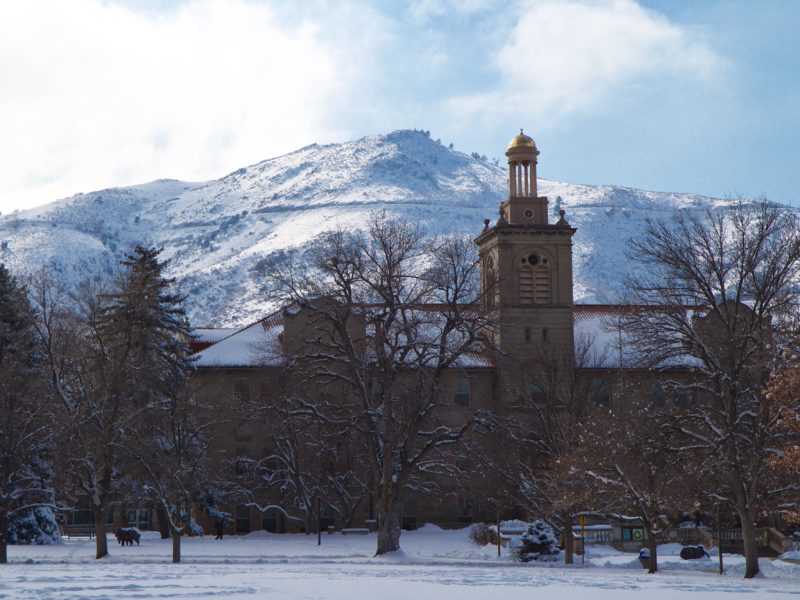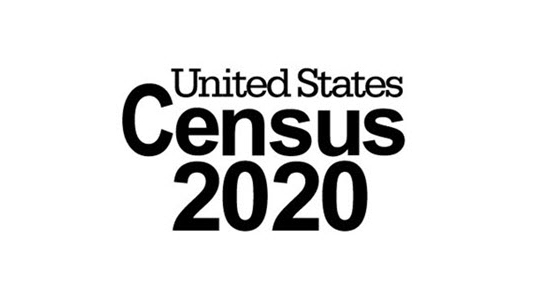While southeast Texas is hundreds of miles from Mines, Hurricane Harvey’s devastating impact hits close to home for many CSM alumni, students, and industries. Hurricane Harvey was the third hurricane of the 2017 hurricane season and was the first major hurricane (classified as a category 3 or stronger) to hit the United States since Hurricanes Wilma and Katrina in 2005.
The devastating storm passed over the Yucatán Peninsula in Mexico and briefly made landfall on San Jose Island before reaching the southeastern coast of Texas on August 25th. According to the National Oceanic and Atmospheric Administration (NOAA), Harvey hit the US as a category 4 hurricane with wind speeds of 130 mph.
Harvey refused to follow typical hurricane behavior- instead of immediately moving inland and losing power, the storm stalled over much of Southeast Texas for days, producing as much as 40 inches of rain in less than 48 hours in some areas, according to the National Weather Service. Harvey made its final landfall near Cameron, Louisiana on Aug. 30, then continued on a North-Northeast path up the United States, weakening until NOAA says it was absorbed into another low-pressure system just north of Lake Erie on September 3rd.
Texas seems to have absorbed the majority of the damage from Harvey, with the Texas Department of Public Safety estimating as of September 1st that at least 185,000 Texas homes had been damaged with 9,000 entirely destroyed.
Unfortunately, the impact from Hurricane Harvey is not limited to the immediate damage from the storm, as many will be feeling its impacts for a long time. People whose houses were lost or damaged in the storm have had to spend time repairing what they can and disposing of materials or sections that cannot be salvaged.
According to Bob Burton, the Senior Engineering Fellow in the Global Wells Group at ConocoPhillips, many companies in the Houston area experienced slow-downs in the wake of Harvey.
“[The office] was closed for roughly 2 weeks to allow water levels to subside so that employees could reach the office,” Burton stated. Neighboring companies echo this dilemma.
Burton explained “Up to half of their Houston-area workforce will need to work from home while the company works to clean up their offices and get them operational.” Even the smaller companies faced similar disruptions from Harvey-based obstructions and employees needing to take time off to deal with flood damage to their property and neighborhoods. Several companies are also donating resources to help with the Hurricane recovery efforts.
“As a general rule,” said Burton, “critical operations continue but non-critical operations have slowed to allow employees to deal with flooding in their homes and neighborhoods.”
In the engineering industry in particular, this storm has had a noticeable effect on several sectors. Most noticeably, the petroleum, civil, and geological engineering sectors, as well as geological scientists, will likely find themselves reacting to the effects of Harvey for a considerable amount of time, particularly given that Houston, TX is the fourth-most populous city in the United States and a center of the energy industry.
As Dr. Hossein Kazemi, Chesebro’ Distinguished Chair in Petroleum Engineering at Colorado School of Mines points out, an initial general estimate of the immediate damage in the petroleum industry shows “nearly $200 billion dollars of property loss, 4 million barrels of refinery capacity disruption, an increase in gasoline price of $0.25 to $0.35 per gallon of gasoline, disruption of some 300,000 [barrels per day] of oil from the Gulf, and finally disruption of about 300,000 [barrels per day] of oil from Eagle Ford.”
Dr. Lesli Wood, the Weimer Distinguished Chair and Professor in Sedimentary and Petroleum Geology at Colorado School of Mines points out that the effects of Harvey on Colorado School of Mines were multi-faceted. She says that there was “complete dissociation” from many students and faculty who had family in the affected areas and that many people had a hard time focusing on their academic work while worrying about loved ones in the midst of the devastation.
The next major impact Dr. Wood highlighted was in funding and resource management, as many companies that provide funding to her department were shut down during and after the hurricane. She also mentioned that many returning students were attempting to use Petrel Software but could not because the licensees are renewed out of Houston. Several members of her team also had trouble receiving confirmation from companies that were supposed to issue job offers the first week of September, since offices in the Houston area were almost all shut down.
Additionally, people outside the academic sector of the geological community were heavily impacted. Most notably, the Society of Exploration Geophysicists (SEG) was scheduled to have its annual meeting in Houston this year.
“This is an event that brings in [about] 10,000 people,” Dr. Wood explained.
Due to the uncertainty caused by the storm, many attendees did not know until about a week before the conference whether the meeting was still going to happen. Several businesses that had already shipped supplies for their booths and other resources to Houston were unsure as to where those supplies ended up after Harvey.
Dr. Wood also pointed out that many people in her department and industry had to prioritize their own personal recovery over industry concerns. While she is confident that given enough time and resources, most US sectors will recover from this disaster, the current situation is fraught with high emotions.
“[There is] a lot of anxiety around things that are not happening because business is shut down in some of the…major central areas where we do business,” Dr. Wood stated.
With close to 2,000 Mines alumni registered in Houston, TX and Corpus Christi, TX and many current students originally from the areas affected by Hurricane Harvey, it is clear that the Mines campus has a vested interest in Harvey’s effects, both in a professional and a personal context.
While areas like Florida and Puerto Rico may not be central engineering hubs like Houston, it is important to note that those areas are seeing similar impacts from Hurricane Irma and will undoubtedly continue to need humanitarian aid and engineering solutions in the future as well.
With the looming threats of other tropical storms, and the knowledge that the 2017 hurricane season does not end until Nov. 30, it seems the only thing certain about this hurricane season is uncertainty.
As recovery efforts get underway, there will be a need for engineering minds to aid in recovery and planning the safeguards to help reduce future devastation from similar storms.




'Hurricane Harvey Affects Mines Community in a Variety of Ways' has no comments
Be the first to comment this post!